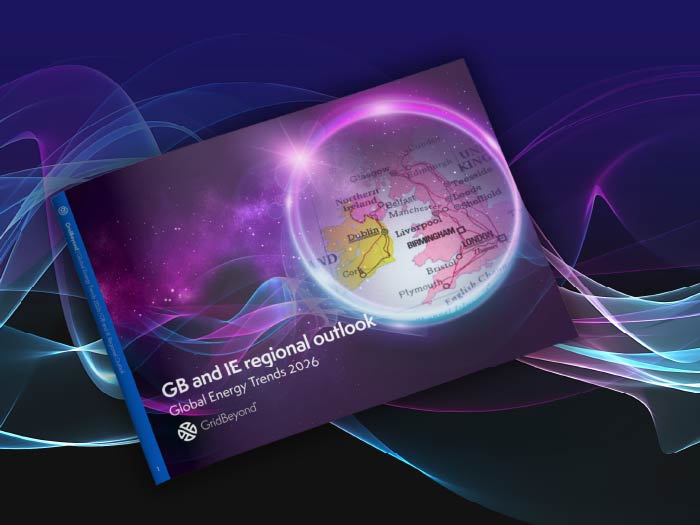News
better business decisions
Posted 8 months ago | 3 minute read

How you can use battery storage to optimise industrial electrification
The energy transition is well underway, and one of the most promising developments for industrial and commercial energy users is the integration of behind-the-meter (BTM) battery storage systems.
Recently, GridBeyond’s Regional Director (Australia), Stace Tzamtzidis, was hosted by the
Australian Alliance for Energy Productivity to provide an overview of how businesses can unlock significant value from BTM batteries—not just by avoiding costly grid upgrades but by creating new revenue streams and enhancing energy resilience. In this blog, we dive into the key insights from Stace’s presentation and explore how smart software and strategy can turn batteries into powerful business assets.
The evolving grid
The power grid was never designed to handle the decentralised generation and electrification demands we see today. Increasing connection capacity, especially for energy-intensive industries, is often met with challenges like voltage stability issues, delays, and aging infrastructure.
Businesses seeking to increase on-site electricity consumption have several options:
• upgrade the transformer, substation, or transmission line (time-consuming and expensive)
• implement load management and demand response strategies
• install on-site renewable generation like solar or wind
• invest in on-site battery storage
Among these, battery storage stands out not only as a solution for capacity constraints but also as a strategic asset for optimising energy costs and participating in energy markets.
Unlocking the value stack
Once a battery is installed, it can do much more than avoid capital expenditure on grid upgrades. GridBeyond’s platform enables asset owners to tap into a broader battery value stack.
Stace showcased the example of the Torrens Island battery in South Australia to highlight real-world revenue streams from battery operation. The data revealed three main income sources:
1. Wholesale energy market trading
2. Contingency FCAS services
3. Regulation FCAS services
Battery optimisation software continuously forecasts market conditions to ensure assets charge and discharge at optimal times, rather than simply reacting to spot prices. Energy market trading delivered the highest revenue, followed by contingency services, while regulation services were lower in value but steadier.
Smarter forecasting for smarter trading
To maximise returns, batteries need predictive capabilities. GridBeyond’s AI-driven platform generates short- and long-term forecasts for energy prices, FCAS market signals and grid events.
Through real-time optimisation, automated bidding, and intelligent dispatch, businesses can ensure their batteries are always positioned to capture the most valuable opportunities.
Conclusion
Behind-the-meter batteries are no longer just backup devices — they are active, revenue-generating assets. With the right technology, forecasting, and optimisation strategies, industrial and commercial energy users can dramatically enhance their bottom line while contributing to a more resilient and sustainable grid.






